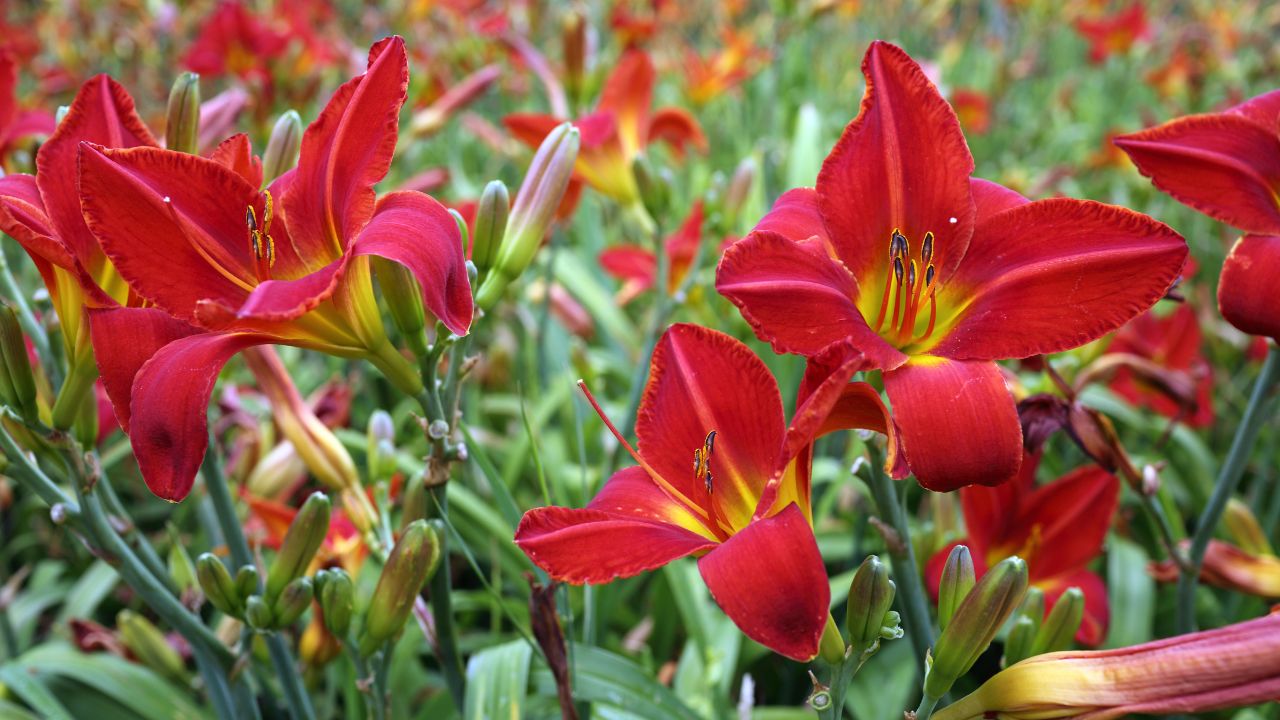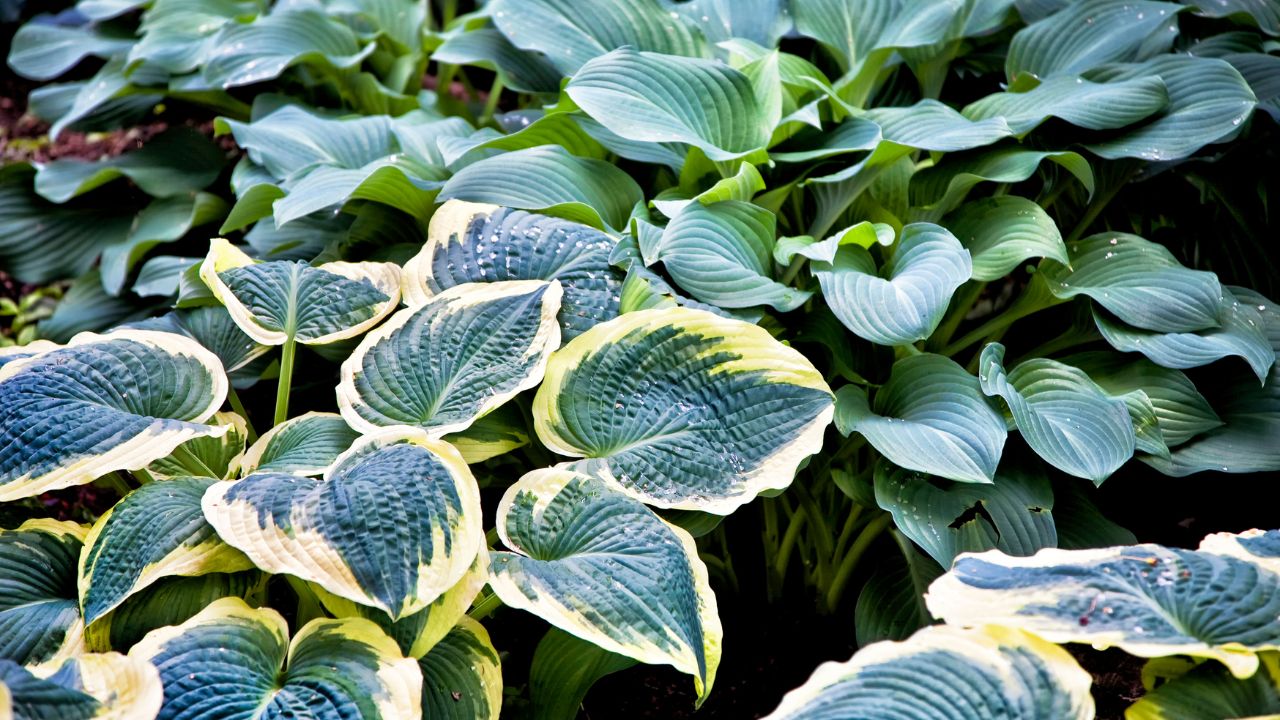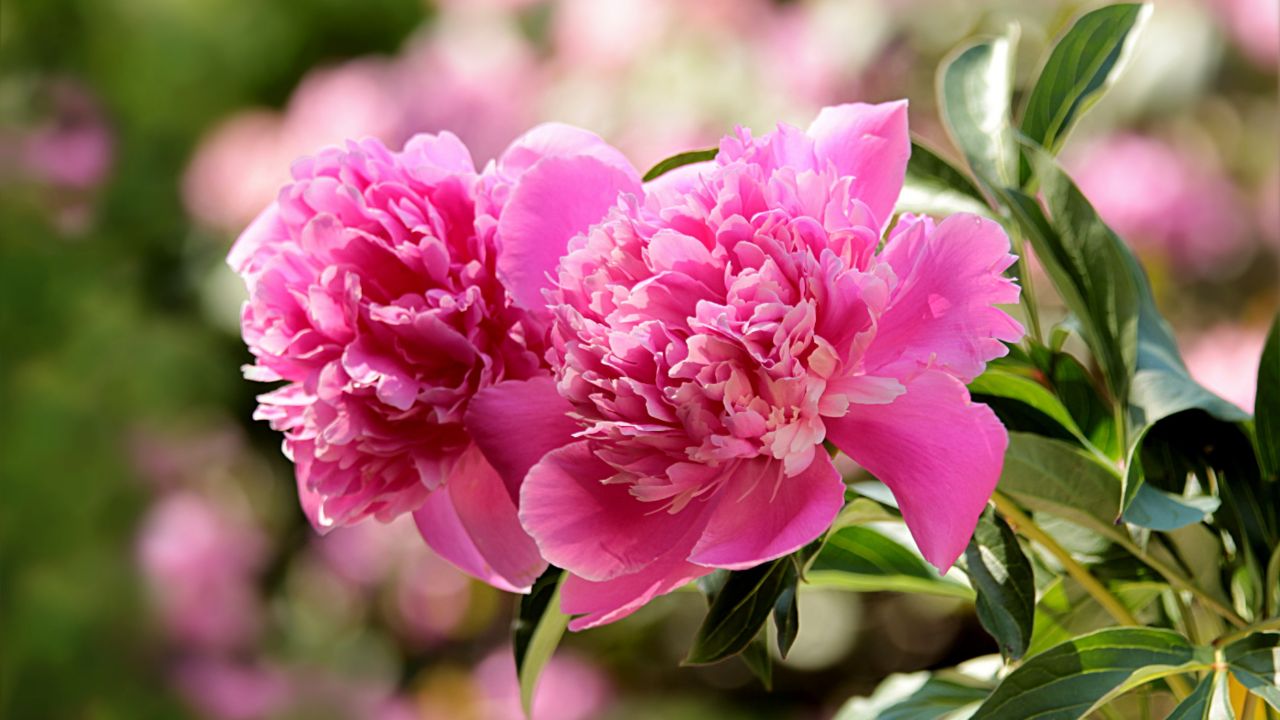What Is a Perennial, Actually?
If you're new to gardening or have been tending to your yard for a while but still wonder, "What is a perennial, actually?" – you've come to the right place.
Perennials are like the gift that keeps on giving in the gardening world, and in this blog post, we will unlock the meaning behind the word ’perennial’.
Tired of Endless replanting?
Picture this: You're in your garden, and every year, without fail, your favorite flowers burst into bloom. There is no need to replant and no gaps to fill. Perennials are here to make that dream a reality! They're the dependable backbone of your blooming flower beds, ensuring that each year brings a new burst of life, color, and charm.
Perennials save you money, time, and effort. So, what are these plants? I’m glad you asked.
Perennials are all those plants in your flower beds and planting areas that:
- live more than two years, AND
- have no wooden stem
The word perennial refers to all non-woody plants in your borders, which are not annuals, biennials, trees, shrubs, or bulbs.
However, they can still be evergreens like Bergenia or semi-evergreens like hardy Geranium macrorrhizum.
The perennial’s life cycle means that you might be sipping your morning coffee admiring a tapestry of colors and fragrances of your flower beds, as this means minimal work on your part.
How about Perennial versus Herbaceous?
You might also have heard the word herbaceous when talking about flower borders.
The word herbaceous means a sub-group of perennials and refers to perennial plants in which all parts of the plant, like their blooms and leaves, die back for the winter, but the new growth arises again the following spring.
Examples of Perennial Powerhouses
Now, let's dive into the exciting world of perennials by exploring some of the most popular and reliable options:

Coneflower (Echinacea purpurea):
Known for its vibrant, daisy-like blooms, coneflower is a native North American perennial. It's a fantastic choice for attracting pollinators and adding color to your flower borders.

Daylilies (Hemerocallis spp.):
With their striking, trumpet-shaped flowers, daylilies are the champions of the "set it and forget it" gardening philosophy. They require minimal effort but provide maximum impact. Daylilies come in a wide range of colors and are virtually pest-free.

Hostas (Hosta spp.):
Hostas are the way to go if you want to add texture and elegance to your garden. These shade-loving perennials offer a stunning array of foliage colors and patterns. They make the shady spots of your garden come to life.

Peonies (Paeonia spp.):
Nothing says "timeless beauty" like a peony in full bloom. These lush, fragrant perennials come in various colors and can be cherished for generations. They are perfect for any romantic style garden, from cottage gardens to gardens of villas or manor houses.
And on top of all, the most important question: why plant perennials? They are your secret sauce for creating a garden that blooms with beauty year after year. Perennial plants are an essential part of your beautiful flower beds and borders, offering a wealth of colors, textures, and fragrances. Go ahead, embrace the magic of perennials, and watch your garden flourish with each passing season.

Want to Discover Your Garden Style?
Take my popular Garden Style Quiz to find out which outdoor aesthetic suits you best—and get tailored ideas for building a garden you love.

